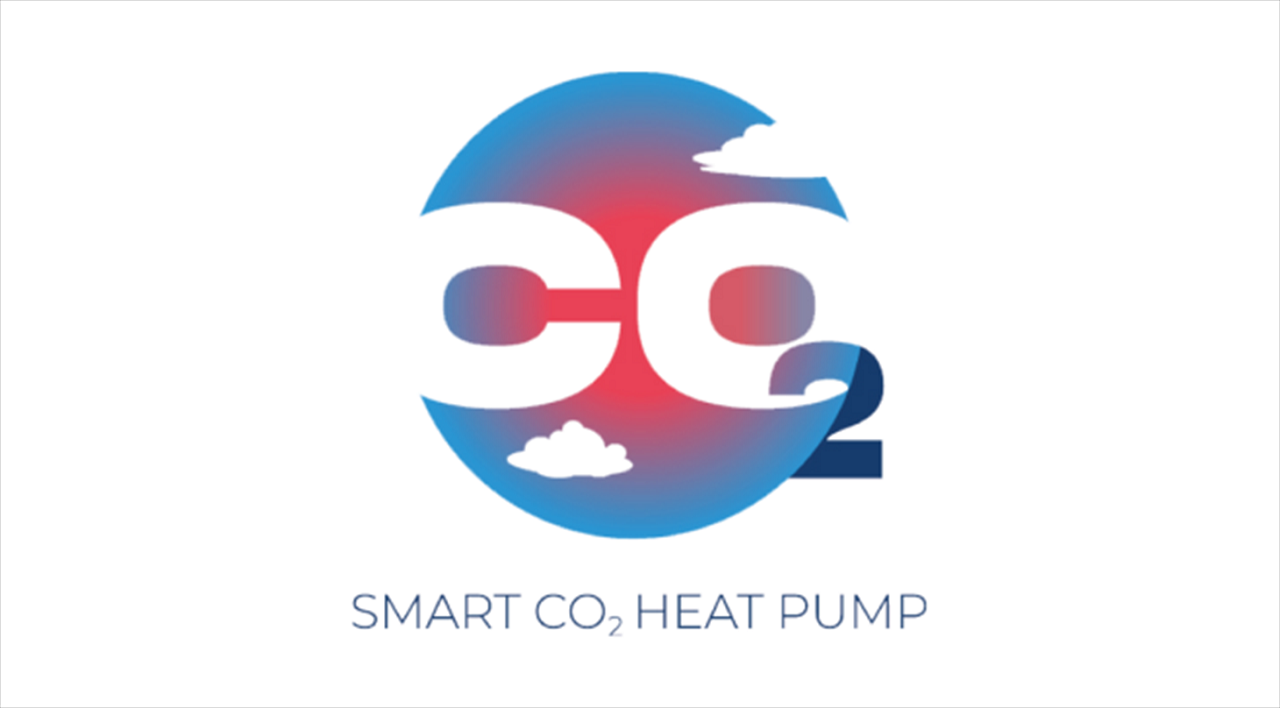Right now, the Technological Institute (Danmark) is participating in a project - called 'Smart CO2 heat pump' - which is about developing an energy-efficient heat pump unit with CO2 as coolant in the capacity range from 20 to 200 kW. In the mentioned capacity area, the number of installations is large, and the market potential is extensive and counts several million installations in the EU alone. In addition to the new installations, the need to replace boilers with fossil fuel is helping to create a completely new market - and thus minimizing gas independence.
Price a decisive factor
Heat pump solutions with non-toxic and non-flammable natural refrigerants are not available in the 20 to 200 kW capacity range. The heat pumps currently available in this market segment use the inefficient and environmentally problematic HFO refrigerants, which are easily flammable and contribute to increasing the TFA and PFAS contamination of our drinking water. The project therefore aims to close this gap and deliver effective solutions that are also competitive in price.
The users of the new solution will be multi-family houses and smaller industrial, service, retail and public buildings, and for these customers an important factor - in addition to efficiency and price - is the flammability and toxicity of the refrigerant. CO2 is therefore a perfect choice.
It is not possible to scale down the already existing solutions used for larger heat pumps, since the price of the complete system is decisive. A new innovative low-cost CO2 heat pump is needed. Therefore, new components must be designed for the heat pump solution. In addition to being competitive on price, the solution must also be robust, plug-and-play for the installers and very service-friendly.
Online monitoring of the heat pump
A particularly innovative element of the project is to connect the heat pump unit to the 'cloud' to be able to monitor operating conditions online and use this knowledge to optimize the heat pump's efficiency, predict maintenance and solve problems caused by broken components until replacement is done. It will thus be possible to keep the heat pump running until service is available. In order to reduce operating costs, algorithms will also be incorporated into the cloud solution, which will monitor the spot market prices of electricity and decide the best operating strategy for the heat pump.
Design of new components
To further increase the efficiency, a new method of cold gas defrosting is needed instead of the traditional electrical defrosting. With cold gas defrosting, the heat pump produces heat during defrosting, and it is not out of production during defrosting, which is the case with electric defrosting. The evaporator must be an integral part of the heat pump and be divided into at least four sections. In this project, a new type of high efficiency evaporator using cold gas defrosting will be designed.
In addition, a new type of plate heat exchanger for high pressure must be developed. Traditionally, plate heat exchangers for higher pressures are equipped with an additional frame to increase strength. It is expensive, and a super-efficient new plate heat exchanger without an extra frame must therefore be developed.
Improved efficiency
Electric boilers operate with an average efficiency of 100%, which means that all the electrical energy is converted into heat. For the heat pump in this project, the COP is estimated to be between 3 and 5 – depending on the operating conditions. This means that for every kW of electricity, the heat pump will produce 3 to 5 kW of heat and thereby have an efficiency of 300 to 500%.
About the project
In the project, which runs over three years (starting January 2023), the Danish Technological Institute collaborates with a number of partners:
Fenagy, Bitzer Electronics, Danfoss, Kelvion, LU-VE, Salling Group, CO2X, Aarhus University and Reftronix.
The project is supported by EUDP.
Source:
www.teknologisk.dk
